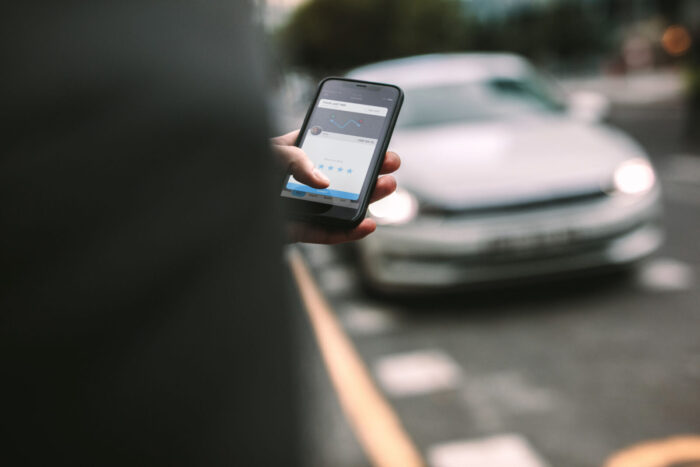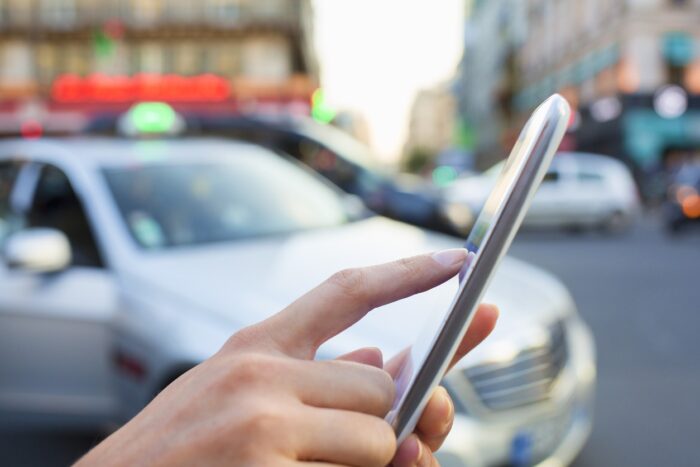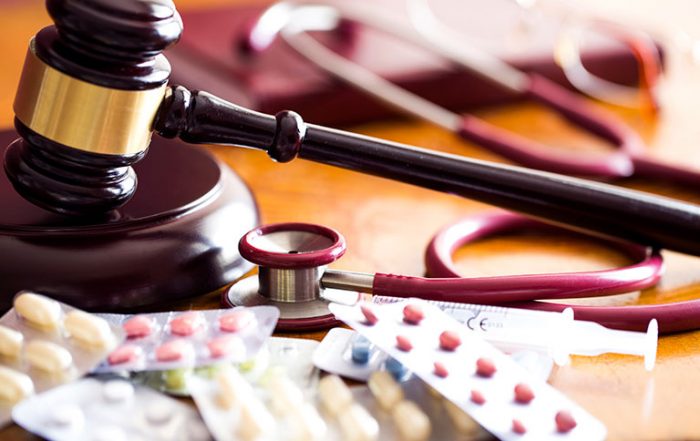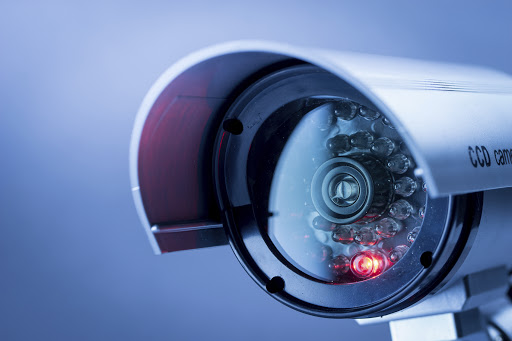
As Uber and Lyft have become a common way to get around town, so have the negative news stories that put rideshares in a bad light. Stories about rude, deceitful, and overly aggressive rideshare drivers make headlines and get shared around social media. Unruly passengers and surge price gouging are commonplace. But one story is on the back burner, but should be front and center under the media spotlight: accidents during an Uber or Lyft ride.
Rideshare drivers share many of the same bad habits that we have when we get behind the wheel of a car. Distractions such as text messages and conversations with guests can cause some auto accidents. Add to the conventional distractions the additional distractions faced by a rideshare driver and it is not surprising to learn that rideshare accidents are on the rise in the United States. Even the most cautious driver is a victim due to the behavior of others or driving conditions due to weather.
Legal responsibility can be unclear, so it is important to handle this unfortunate situation to protect yourself as much as possible. Familiarize yourself with this advice once and you’ll be more prepared should you be involved in an accident during rideshare.
Steps for Handling an Accident with a Rideshare Driver

According to the team of personal injury attorneys at EAccidents, the steps you take immediately following an accident are critical to your well-being and protections you are afforded by the law. They’ve shared this important advice as a guide.
Call the Nearest Law Enforcement Agency
The first step for handling an accident with an Uber or a Lyft driver is to contact law enforcement. An accident that has caused one or more serious injuries means the time has come to call 911. For a minor accident, you can call the non-emergency number of the closest law enforcement agency. It’s important to have this legally recorded even without major injury because an official police report represents the most trusted version of events for both insurance companies and judges that oversee civil cases.
In addition to creating a convincing legal document, calling the police ensures you receive full protection under the law. Wait until law enforcement arrives before interacting with the rideshare driver or any other drive that was involved in the accident.
Seek Medical Attention

An auto accident might seem to have caused minor injuries like shallow cuts and light bruises. However, you can feel fine right after a crash with a Lyft or Uber driver and eventually develop painful symptoms that are triggered by a serious injury. This is especially true for internal organ injuries, as well as cases of whiplash and a concussion.
If you suffer a serious or even life-threatening injury, then a call to 911 can get you the emergency medical attention that you need. But you may also visit a doctor or chiropractor on the day or days that follow the event. Note any aches or abnormalities so they can be recorded into your physical medical records.
Collect Information
As with any other driver, you need to get some information from the rideshare driver who was involved in the auto accident. Law enforcement does this as well.
Here is what you need to gather and organize:
- Name and contact information of the Lyft or Uber driver
- Insurance information from both the driver and the rideshare company
- Names and contact information for any other driver involved in the crash
- Insurance information from the other drivers
- Rideshare vehicle information such as make, model, and license plate number
- Contact information from any witnesses
Although physical evidence is the key to filing an insurance claim and/or a personal injury lawsuit, witness accounts of the accident can support the hard evidence that you present to an insurance claim adjuster and/or a civil court judge. Do not leave collecting this information to the drivers; you have just as much right and need to have all of this information.
Speaking of Physical Evidence

You need to take photos of your vehicle for insurance purposes, but you also should take photos of the crash scene. Simply use the camera on your Smartphone to document tire marks, as well as any damage caused to stationary objects like trees and guard rails.
Taking photos of the roads surrounding the accident can present evidence of the weather conditions at the time of the crash. Your photos must be time and date-stamped for authenticity.
Law enforcement documents physical evidence as well, and they typically make it part of the official police report. Although insurance companies and civil court judges rely on law enforcement evidence, submitting the evidence you have collected and organize can boost your insurance claim and/or civil court case.
Contact the Insurance Companies
If you do not require emergency medical care, you should contact both insurance companies right after the accident to file a report. In most cases, a rideshare driver’s auto insurance does not cover auto accidents that happened while the driver was conducting business. Both Uber and Lyft carry liability insurance for their drivers that cover the costs associated with personal injuries and property damage. This is an especially important thing to know because treating and rehabilitating car accident injuries can run into thousands of dollars.
Work with a Personal Injury Attorney

Like other types of commercial transportation companies, Lyft and Uber are in business to make money. This means both companies fight insurance claims and civil lawsuits. Their insurance companies may also fight claims. Because of their financial interests, rideshare companies can make the insurance claim process highly frustrating. Hiring a personal injury attorney is recommended because the case can likely be highly complicated. An experienced attorney will know what questions to ask, what to expect, and how to handle your claims. Often just the presence of your attorney in the process will yield better results, as the insurance companies and rideshare companies won’t want to invest too much time fighting a battle they will lose.
















